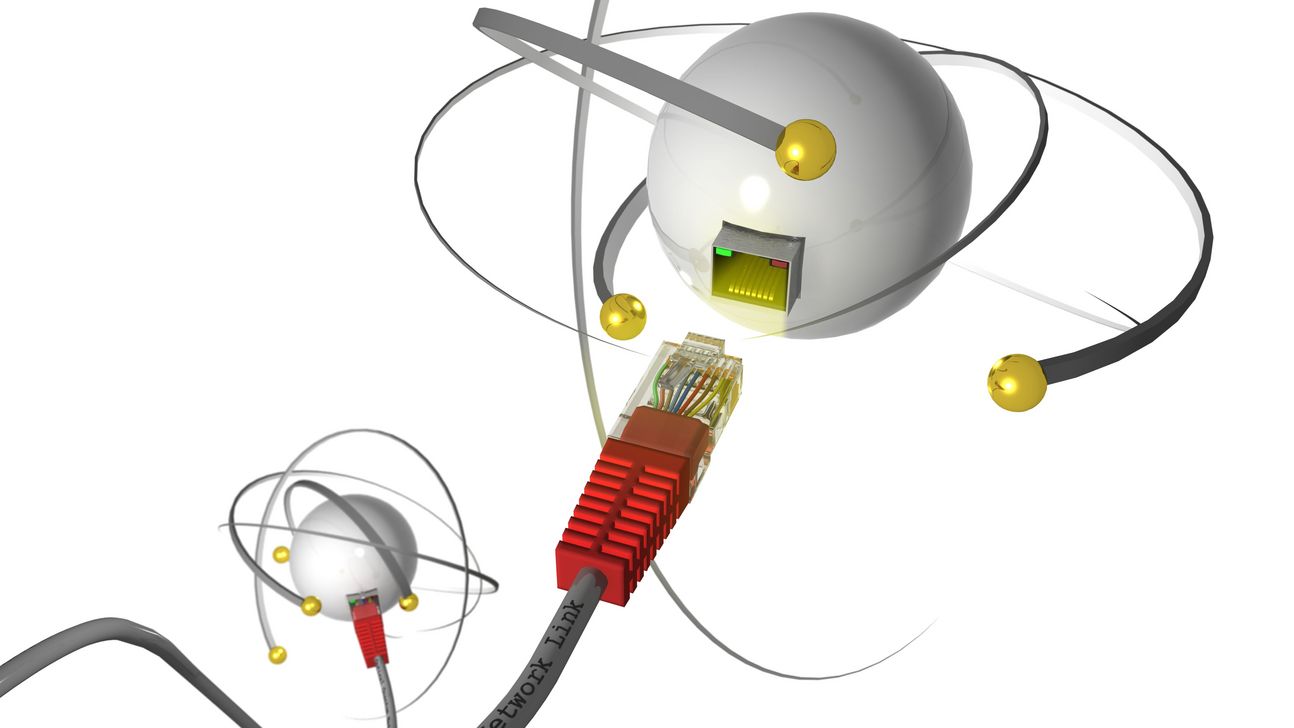The ability to process information digitally has changed our world. This transformation process began with the invention of the computer, and became a "digital revolution" when these computers were connected to form a network. Today, this facilitates accessing the computing power and data in large data centers anywhere using inexpensive devices.
The resulting digitalization is still in full swing; nevertheless, science is already working on the next one, the "quantum" revolution. This will exploit the peculiarities of isolated quantum systems to enable new applications that may go far beyond the capabilities of classical devices. Similar to classical information processing, the networking of quantum computers and quantum sensors to form a quantum internet could play a central role in the future.
The Free State of Bavaria is now funding a joint project as part of the Munich Quantum Valley, in which new approaches to the networking of quantum systems are being investigated. In this project, scientists from the Technical University of Munich (TUM), the Ludwig Maximilian University of Munich (LMU), the Max Planck Institute of Quantum Optics (MPQ), the Walther Meissner Institute (WMI) of the Bavarian Academy of Sciences and Humanities (BAdW), and the Walter Schottky Institute (WSI) are working together to connect different quantum systems - atoms in a vacuum, quantum dots, superconducting quantum bits, and dopant atoms in silicon.
To achieve this, the first step is to develop an interface for each of these platforms - in analogy to a classical fiber optic modem - that allows quantum information to be transferred to individual light particles. By exchanging these light particles via optical fibers, the different systems can then be connected. In this way, it should become possible to generate the central resource of quantum technology, so-called entangled states, at a high quality and a high rate. In the long term, these will be used to increase the accuracy of sensors, boost the computing power of quantum computers, and give end users access to their capabilities.
